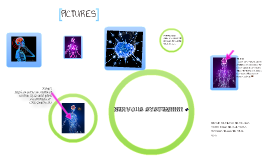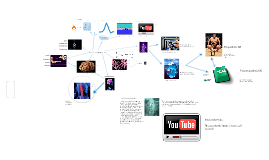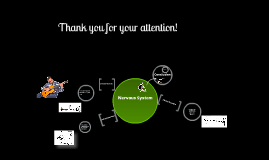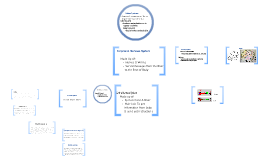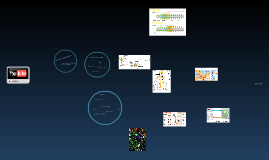Nervous System
Transcript: Made up of: Sensory receptors, neural pathways, & parts of the brain involved in sensory perception. Nervous System Peripheral Nervous System Before -causes: ALS is caused when certain neurons in the motor cortex and spinal cord die. ALS is not contagious, but it may run in families. -effects/symptoms: Their thinking abilities including memory are working, but their bodies will not respond to commands from the brain to move. -treatment: There are several drugs to treat the symptoms of ALS, but there is no cure and the cause of this disorder are still unknown. ALS is not contagious, but it may run in families. Involved in movement- Makes organisms react to stimuli Multiple sclerosis -causes: Nerve cells use a chemical called dopamine to control muscle movement, parkinsons occurs when this dopamine is destroyed. This disease can run in families. -effects/symptoms: Difficulty swallowing, no expression in the face, difficulty starting movement, such as starting to walk or getting out of a chair, difficulty continuing to move, shaking, called tremors. Basically it becomes extremely difficult to control your body. -treatment: There is no cure, but there are medicines that increase the levels of dopamine in the brain, in hopes of controlling symptoms. Stroke Central Nervous System Peripheral Nervous System Motor Systems Composed of two parts: Parkinson’s Involuntary Control Does not involve conscious decision By: Ian K., Parker G., Ryan W Amyotrophic Lateral Sclerosis (Lou Gehrig's Disease) Processes sensory information Alzheimer’s Disease Vision, Hearing, Somatic Sensation (touch), Taste, Smell, Brain -causes: No known cause but 5-6% of the population is estimated to have it. 4th highest cause of death among adults (100k deaths per year). -effects/symptoms: Memory loss, particularly short term. Most people with it live 6-8 years. Can die of other diseases while you have it, such as pneumonia. -treatment: No known cure or particular way to prevent it. 2 approved drugs, Cognex and Aricept, slow memory loss and help the person perform daily tasks. Made up of: Spinal Chord & Brain Main Job: To get information from body & send out instructions After -causes: Blockage of a blood vessel. Bleeding of a blood vessel. -effects/symptoms: Blood supply to the brain is stopped. If this happens for enough time, neurons will start to die because they will not get enough oxygen. -prevention: Look for signs such as vision loss, difficulty speaking, severe headaches, and unexplained dizziness. Voluntary Control Involves a conscious decision to act in response to a stimulus Central Nervous System The Nervous System Sensory System Made Up Of: Nerves & Wiring Sends Messages from the Brain to the Rest of Body -causes: Exact cause not know, but several environmental and genetic factors probably contribute to the autoimmune response. Greater distance from the equator = higher risk. -effects/symptoms: A person’s immune system attacks its own tissue, myelin in this case. After myelin is destroyed the axons themselves can be as well. People with MS can experience symptoms such as difficulties in walking, visual problems, pain, and loss in muscle strength, although it is not fatal. -treatment: Corticosteroids are used; these drugs work as anti-inflammatory agents and also suppress the body's immune system. Glatiramer Acetate is also used, when patients take this medication, the immune system appears to attack it rather than natural myelin. Neither of these drugs are cures, they just reduce MS.







